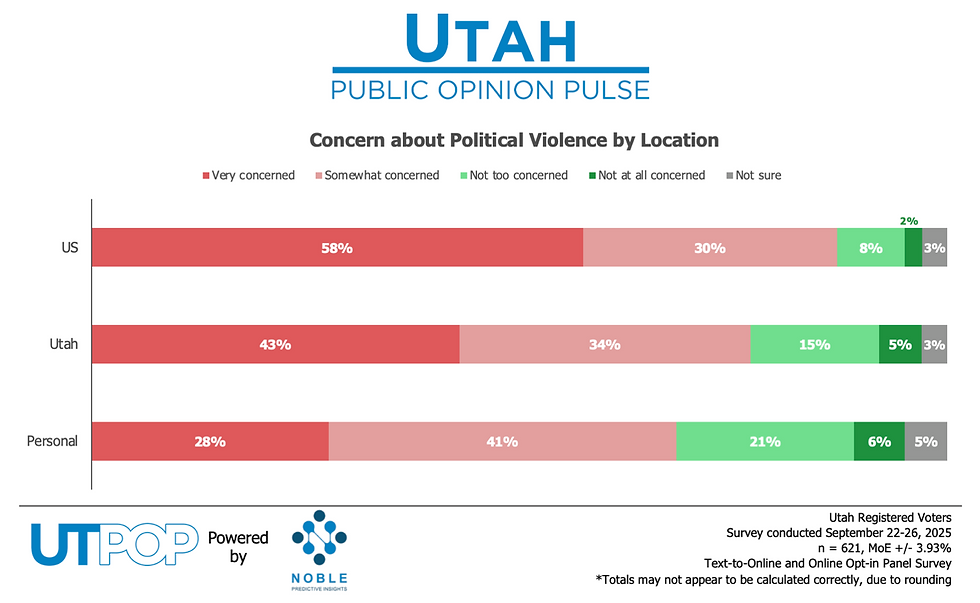ANALYSIS: The relation between the movement of Arizonans, public policies, and COVID-19 Cases
- Noble Predictive Insights

- Jun 29, 2020
- 2 min read
Updated: Jun 25, 2024
Did the stay–at–home order work? Did the reopening make the situation worse?

As COVID-19 cases grow in Arizona, it is important to look at how government policies and public events have affected the lives of Arizonans.
To do this, we tracked the timeline of the outbreak in Arizona since March and compared that with the number of daily new cases in Arizona and Google community mobility report movement indicators. These provide metrics to measure the movement trend for people in different places, including the movement of Arizonans to and from grocery stores, pharmacies, parks, and public transit stations. *1
At the beginning of March when the pandemic had not yet arisen in Arizona, the movement of Arizonans to and from grocery stores, parks, and transit stations was greater than the baseline. As the cases slowly grew in the first week of March, the number of Arizonans using public transit stations went downhill and turned negative on March 11th, showing that Arizonans stopped taking public transportation as often as before. Meanwhile, the grocery/pharmacy movement indicator started to rise and reached a peak on March 16th — the date that schools started to close — showing that people poured into grocery stores and pharmacies for panic–buying during that period.
As the cases kept growing and the total cases surpassed 1,000, Gov. Doug Ducey issued a stay-at-home order which took effect on March 31st. We can find that each of the three-movement indicators remained negative and the new cases per day did not significantly increase in April.
However, things started to change in the final two weeks of the stay-at-home order period. The grocery/pharmacy movement indicator has increased slowly since the beginning of May. As the total cases in Arizona surpassed 10,000, the grocery/pharmacy movement indicator reached its highest point since April on May 9th and 10th. Meanwhile, the park movement indicator started rising as the opening of restaurants, gyms, and the whole state reached its peak during the Memorial Day holiday. We find the daily cases also have a bump right after the week of Memorial Day, which could reflect the increased movement over the Memorial Day weekend. However, this is just the start of the second wave in Arizona.

The daily news in Arizona became out of control after a week of protests started in Phoenix at the end of May. The total cases in Arizona have started growing exponentially since then. The number of total Coronavirus cases reached 20,000 on June 1st, passed 30,000 cases just 10 days after that, and eclipsed 40,000 cases in another 7 days. The daily new cases are over 2,500 on June 18th — a record high for Arizona.
These results show that public events and public policies are correlated with an increase of COVID-19 cases. When Arizonans followed the stay-at-home order and reduced their movement in public from April to Mid- May, the virus had trouble spreading and appeared to be under control. However, as the state began to ease restrictions, followed by Memorial Day activities and large-scale public protests in Phoenix, the increase in cases became uncontrollable, highlighting the relationship between the public policies/large events and an increase in COVID-19 cases.
*1. The google community mobility report set the baseline with the data from January 3rd to Feb 6th, 2020. The Baseline represents a normal value for that day in a week. Please notice that the percentage changes between the weekend and weekdays are not included in our discussion.
If you need your data transformed into digestible insights, schedule a quick call with our Chief of Research, Mike Noble.
Follow us on Twitter, sign up for our Newsletters, and add us on LinkedIn to stay connected.



